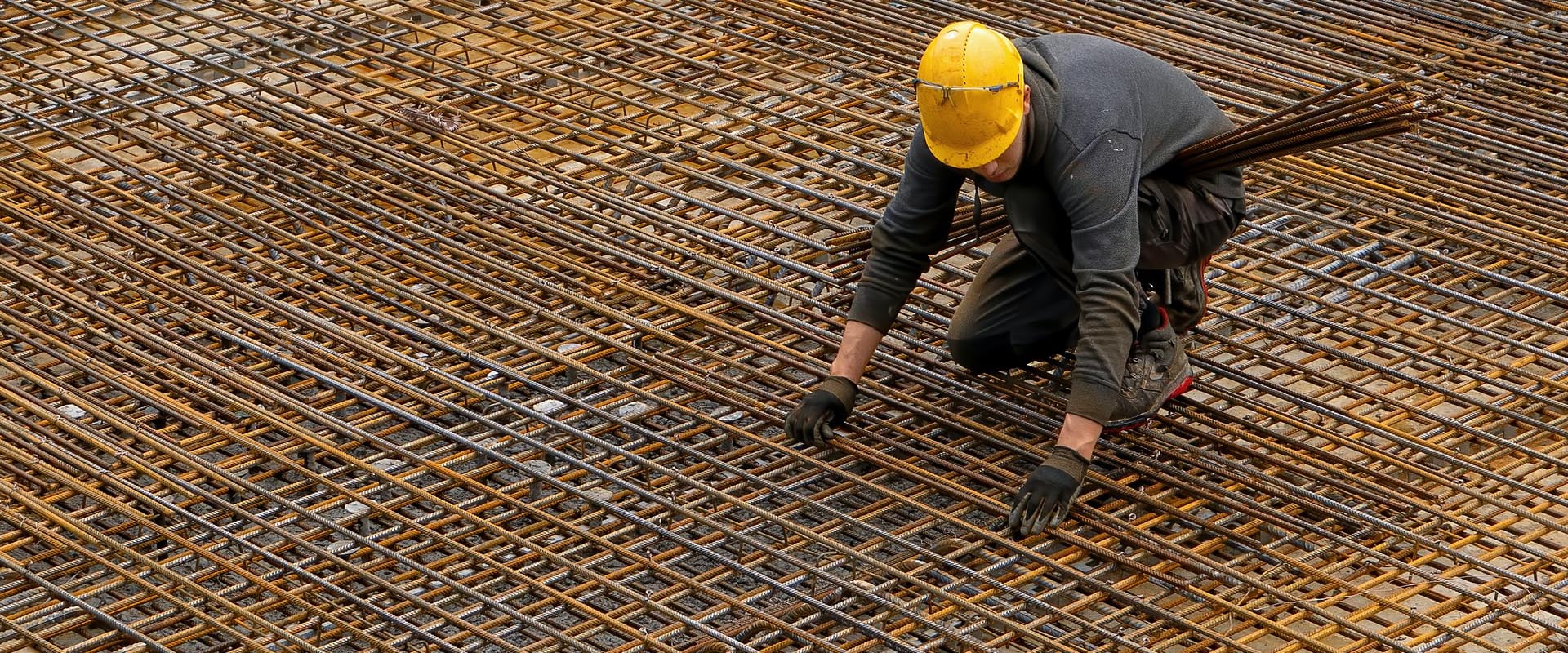The story of how steel went from surplus to shortage is a cautionary tale that shows the challenges of business forecasting.
In 2019, steel markets were flooded with cheap Chinese steel and prices were rock-bottom. In 2022, supply tightened and demand rocketed. Prices, already at record levels, seemed set to climb further.
Laura Bruce, a risk underwriter at Allianz Trade UK & Ireland, says this was a "perfect storm" for firms reliant on steel, with construction firms among the hardest hit.
Some construction firms, worried about an industry slowdown in the first months of the pandemic, tied themselves to fixed-price contracts to secure future revenues.
However, 2022 saw them hit by rising prices of steel and raw materials, as well as elevated post-Brexit labour costs. With limited ability to pass these on, margins are now squeezed tight.
It should therefore be no surprise that almost 20% of insolvencies in the fourth quarter of 2021 in England, Scotland and Wales were in the construction sector.
“Ultimately, if cash generation falters and liquidity starts to tighten, you can quickly see a firm entering difficulty,” says Laura.
Why are steel prices rising?
So, how has the steel industry gone from bust to boom so quickly? In 2019, experts such as the OECD Steel Committee, warned of a vast excess of production capacity, as Chinese steel firms added millions of tonnes of new capacity, despite weak local demand.
When Covid-19 hit in early 2020, many economic forecasters predicted a deep global recession. With stocks piled high, many steel producers thought the industry slump would worsen. “Some of the manufacturers turned off their blast furnaces,” Laura recalls. “They didn’t see any demand coming through.” Depending on design and size, once a blast furnace is shut down it can take weeks for production to restart.

